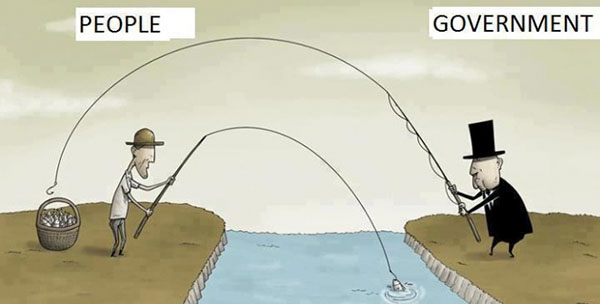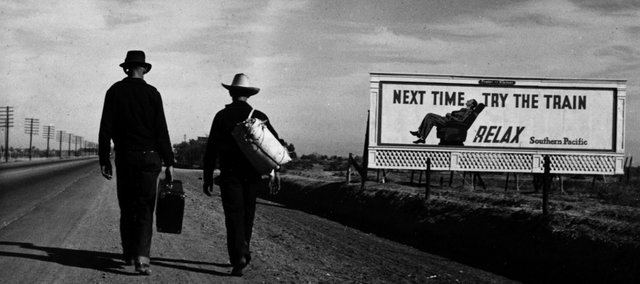REGISTER
ONLINE AT: nationalmssociety.org
CLICK
ON: Get involved
CLICK
ON: Register for an MS Walk near you
& Register Now
SCROLL
DOWN: Input your zip code
FILL
OUT REGISTRATION INFORMATION
TWO
DATES AVAILABLE: (You can do 1 or
both!)
May
1st (Rochester)
May
15th( Greece)

Learning Targets:
1) I can cite strong and thorough textual evidence to support analysis of what the text says explicitly as well as inferences drawn from the text, including determining where the text leaves matters uncertain.
2) I can analyze the impact of the author’s choices regarding how to develop and relate elements of a story.
3) I can analyze a case in which grasping point of view requires distinguishing what is directly stated in a text from what is really meant (e.g., satire, sarcasm, irony, or understatement)
4) I can establish and use criteria to classify, select, and evaluate texts to make informed judgments about the quality of the pieces.
5) I can analyze and evaluate the effectiveness of the structure an author uses in his or her exposition or argument, including whether the structure makes points clear, convincing, and engaging.
6) I can determine an author’s point of view or purpose in a text in which the rhetoric is particularly effective, analyzing how style and content contribute to the power, persuasiveness, or beauty of the text.
Essential question: How are the different vehicles used to deliver satire similar?
The following should be familiar from last week, but let's revisit the definition of satire, so as to anchor the concept.
EAR BUDS NEEDED!
EAR BUDS NEEDED!
What is satire?
Satire is the use of humor, irony, exaggeration, or ridicule to expose and criticize people's stupidity or vices, particularly in the context of contemporary politics and other topical issues.- Satire is synonymous with mockery,derision, scorn and caricature; however, there are nuances among these; so be aware.
- Satire may be written (literature), graphic (political / social cartoons) and performances. What unifies all these forms is their purpose: constructive criticism, so as to effect change.
- What are some of the techniques used used within the above media?
- 1. parody-a piece of writing, music, etc., that imitates the style of someone or something else in an amusing way
literary example: Well, at least there’s one decidedly delicious thing to have come out of the 50 Shades of Grey phenomenon. Quite literally delicious: this week sees the release of 50 Shades of Chicken: A Parody in a Cookbook, which details the sordid adventures of a young, inexperienced chicken as she gets her breasts and thighs handled by a chef — while serving up some excellent recipes for roasting chicken as well.
- 2. burlesque-a play, story, novel, etc., that makes a serious subject seem funny or ridiculous; a metaphor in which the figurative comparison is exceptionally comic, grotesque, or exaggerated. In poetry there a wonderful examples with Alexander Pope's The Rape of the Lock, which is a tells of a great battle to procure a lock of hair or in Chaucer's Canterbury Tales, but there is also burlesque comedy, which began in the 19th century and made fun of high brows.
It was typically broad and low; with a strong emphasis on Slap Stick and sexual innuendo. The lead comedian was known as the "top banana"; and many well-known comedians started in Burlesque — such as Bob Hope, Red Skelton, and Milton Berle — before crossing over into movies, radio, or the fledgling television industry. One of the most famous classic Burlesque comedy routines is Abbott and Costello's Who's on First?. This one for cultural knowledge; take a peek:
Abbott and Costello
3. exaggeration- to think of or describe something as larger or greater than it really is
- 5. analogy- that if two or more things agree with one another in some respects they will probably agree in others

- 6. comparison-the act of looking at things to see how they are similar or different

- 7. double entendre- ambiguity of meaning arising from language that lends itself to more than one interpretation
- "Marriage is a fine institution, but I'm not ready for an institution"
- "A man is incomplete until he is married. Then he is finished."
- assignebt"Whenever I feel blue, I start breathing again."
- Ted Walsh - Horse Racing Commentator - "This is really a lovely
- horse. I once rode her mother."
here's the problem with double entendres: they are too risque for the classroom. Check them out on your own.
OK, now that you have reviewed the material, here is what you are going to do:
The Colbert Report is an American satirical late night television program that airs Monday through Thursday on Comedy Central. It stars political humorist Stephen Colbert, a former correspondent for The Daily Show with Jon Stewart. The Colbert Report is a spin-off from and counterpart to The Daily Show that comments on politics and the media in a similar way. It satirizes conservative personality-driven political pundit programs, particularly Fox News' The O'Reilly Factor. The show focuses on a fictional anchorman character named Stephen Colbert, played by his real-life namesake. The character, described by Colbert as a "well-intentioned, poorly informed, high-status idiot", is a caricature of televised political pundits.
Assignment:
I'd like you to open a word document and list the seven techniques used in satire. As you watch the clips below, find examples to support them. Include general information on the theme or topic, then support with some textual evidence. There is no need to quote the whole story. Make sure to include material from all of the clips. Obviously, not every technique will be in each clip.
Send along by the end of class on Tuesday, March 8.
.
Techniques list:
1. parody
2. burlesque
3. exaggeration
4. juxtaposition
5. analogy
6. comparison
7. double entendre
Send along by the end of class on Tuesday, March 8.
.
Techniques list:
1. parody
2. burlesque
3. exaggeration
4. juxtaposition
5. analogy
6. comparison
7. double entendre




No comments:
Post a Comment